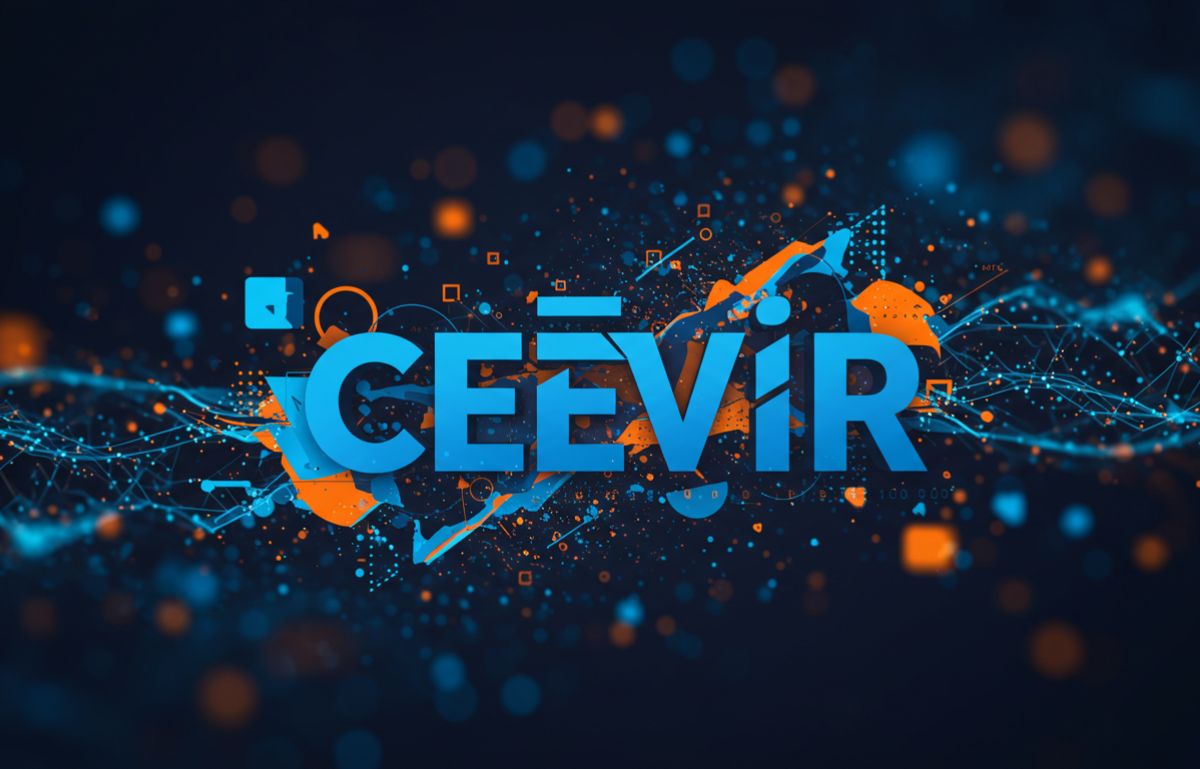In the fast-paced realm of digital technology, new concepts frequently emerge, reshaping how businesses and individuals interact with data and systems. One such rising term is ceıvır. Although still obscure in mainstream circles, ceıvır is gaining recognition for its potential to redefine digital transformation strategies. At its core, ceıvır represents a convergence of intelligent systems, user-centric applications, and dynamic automation that together aim to create more adaptive, efficient, and scalable digital environments.
What is Ceıvır?
The word ceıvır does not stem from traditional technical jargon but symbolizes a new ideology in the tech landscape. It is often associated with adaptive integration—a model where systems learn and evolve to respond more effectively to user needs and market trends. Ceıvır is about leveraging advanced technologies like artificial intelligence, cloud architecture, and real-time analytics to create seamless digital ecosystems.
While definitions may vary, ceıvır typically includes the following key components:
-
Interconnectivity: The ability to link different platforms and services effortlessly.
-
Automation: Utilizing AI and machine learning to perform tasks with minimal human intervention.
-
User Customization: Systems that adapt to individual user behaviors and preferences.
-
Scalability: Flexible structures that can grow with organizational or user demands.
The Role of Ceıvır in Modern Technology
Ceıvır in Business Operations
Businesses today face mounting pressure to stay competitive in an ever-evolving digital marketplace. Ceıvır offers a solution through its intelligent automation capabilities. By enabling real-time decision-making and streamlined workflows, companies can reduce overhead costs, increase operational efficiency, and deliver enhanced customer experiences.
For instance, in retail, ceıvır can be employed to automate supply chain management or personalize marketing campaigns based on predictive consumer behavior. In finance, it may assist in fraud detection or automated auditing, leveraging analytics to identify inconsistencies before they become threats.
Ceıvır and Smart Infrastructure
Cities and governments are beginning to explore ceıvır frameworks for managing public services. From traffic optimization to smart grid management, ceıvır-enabled systems can interpret complex data patterns to offer actionable solutions in real time. This not only improves citizen experience but also promotes sustainability and energy efficiency.
Core Features of Ceıvır Systems
Dynamic Learning Algorithms
A hallmark of ceıvır is its use of machine learning algorithms that evolve with user input and contextual data. These dynamic systems learn continuously, improving their performance and accuracy over time.
Cross-Platform Functionality
Ceıvır promotes interoperability between diverse digital environments. Whether it’s mobile applications, cloud-based databases, or edge computing networks, these systems can operate seamlessly across platforms.
Real-Time Analytics
With the demand for faster decision-making, real-time data processing is vital. Ceıvır utilizes edge AI and cloud computing to deliver up-to-the-second insights, allowing for proactive problem-solving and service optimization.
Security-Centric Design
Data security is a critical concern in digital transformation. Ceıvır frameworks are often built with security protocols embedded into their architecture, enabling proactive threat detection and secure data transactions.
Applications of Ceıvır Across Industries
Healthcare
In healthcare, can power intelligent diagnostic tools that analyze patient data for more accurate and faster assessments. Hospitals may use platforms to automate scheduling, manage electronic health records (EHRs), or streamline patient communication.
Manufacturing
Smart factories benefit from by automating production lines, managing inventory, and predicting maintenance needs. This reduces downtime and boosts efficiency through data-driven decision-making.
Education
Educational institutions can implement to offer personalized learning experiences. Systems can adapt content delivery based on a student’s progress, optimizing retention and engagement.
Finance
Banks and fintech companies can use to improve fraud detection, customer service, and risk analysis. By analyzing transaction data in real time, helps institutions stay ahead of potential threats while providing faster services.
Benefits of Adopting Ceıvır
-
Enhanced User Experience: Systems respond more accurately to user intent and context.
-
Operational Efficiency: Tasks are completed faster and with fewer errors through automation.
-
Scalable Growth: frameworks are designed to grow with organizational demands.
-
Innovative Edge: Early adoption can position businesses as leaders in digital innovation.
-
Data-Driven Decisions: Access to real-time analytics empowers smarter choices.
Challenges in Implementing Ceıvır
Despite its advantages, implementation comes with hurdles:
-
Integration Costs: Transitioning from legacy systems can be resource-intensive.
-
Data Privacy Concerns: Handling large amounts of user data requires robust privacy safeguards.
-
Skill Gap: Organizations may struggle to find talent skilled in-related technologies.
-
Complex Infrastructure Needs: High-end servers and cloud platforms may be necessary to support applications.
These challenges, while notable, can be addressed through proper planning, phased integration, and investment in training.
Future Outlook of Ceıvır
The future of ceıvır is promising, with continuous advancements in AI, IoT, and machine learning likely to expand its capabilities. As more organizations recognize its potential, is expected to become a standard in digital operations, from customer support bots to autonomous logistics networks.
Furthermore, we can anticipate the development of universal protocols—open standards that ensure interoperability across all sectors. Such progress could make a central pillar in global tech strategy.
Conclusion
Ceıvır represents more than just another tech buzzword. It’s a transformative philosophy grounded in intelligent automation, real-time analytics, and user-first design. As industries strive for greater efficiency and adaptability, the integration of may very well determine their success in an increasingly digital world.
While challenges remain in its implementation, the long-term benefits far outweigh the initial hurdles. Organizations that embrace today are likely to be tomorrow’s digital leaders.
